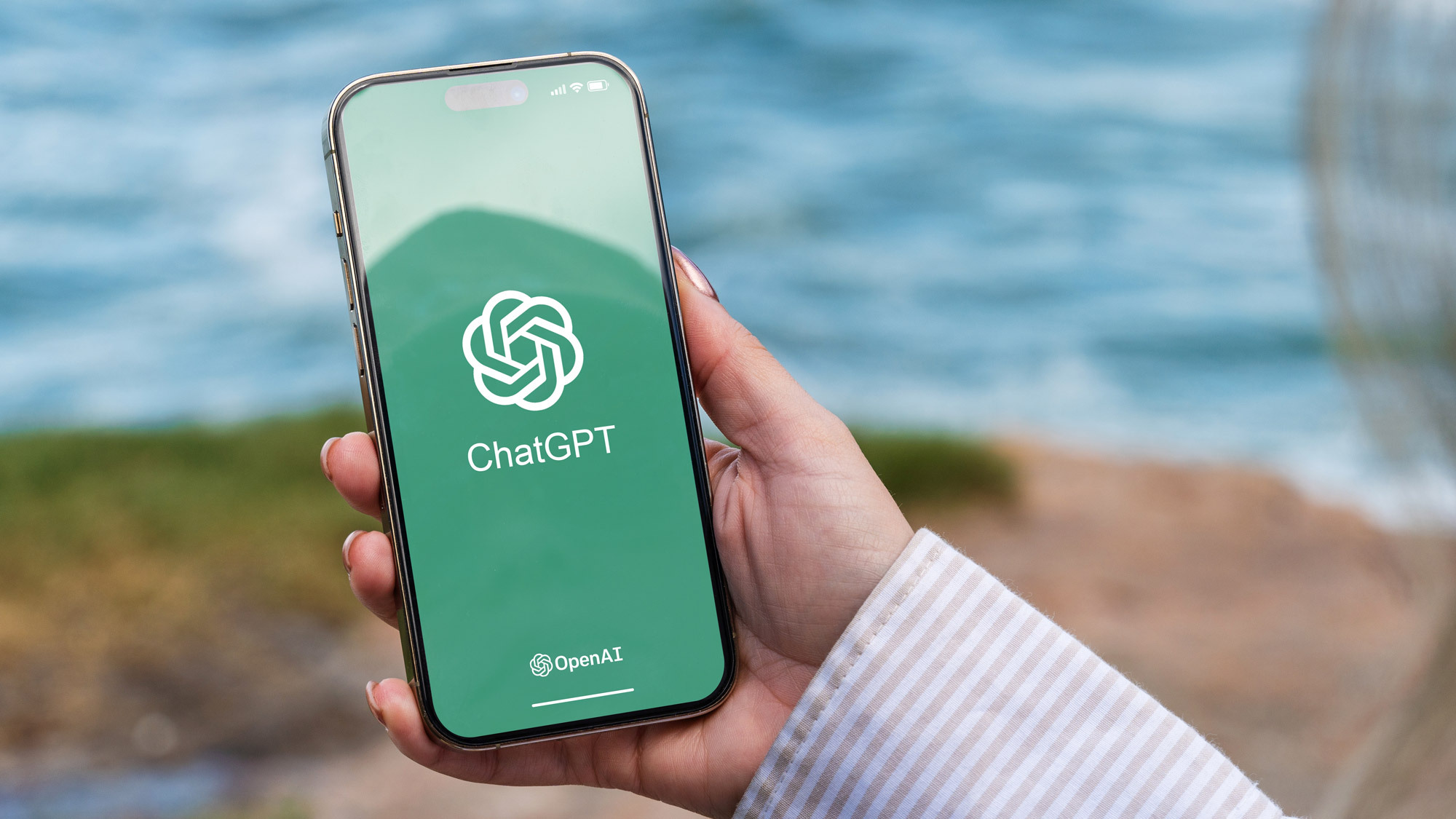Developer Offer
Try ImaginePro API with 50 Free Credits
Build and ship AI-powered visuals with Midjourney, Flux, and more — free credits refresh every month.
Unlock Expert ChatGPT Responses With This Simple Rule
ChatGPT is an incredibly powerful tool, but are you getting the most out of it? As someone who tests AI for a living, I've found that the quality of your answers often comes down to the quality of your questions. While there are complex prompt engineering techniques out there, one of the most effective tricks I've discovered is also one of the simplest. It's a '3-word rule' that can make the AI's responses dramatically more thoughtful, relevant, and even expert-level.

The 3-Word Rule Revealed
So, what are these three magic words? The rule is to simply add the phrase 'like a [role]' to the end of your prompt. That's it. This small addition tells the AI to take your request seriously and to answer it from the perspective of someone who truly knows the subject matter.

Putting the Rule into Practice
For instance, instead of asking ChatGPT to 'Summarize this article,' try asking it to 'Summarize this article like a journalist.' You'll likely receive a much more concise and well-structured summary. Need help with a purchasing decision? Try a prompt like, 'Compare the iPhone 15 and Galaxy S24 like a product reviewer.' The response will shift from a generic list of specs to a more insightful comparison.
This technique forces ChatGPT to adjust its tone and depth, giving you answers that feel sharper, more practical, and less robotic.
The beauty of this rule is its endless customizability. You can plug in almost any profession or perspective to match your needs. Here are a few more roles to get you started:
- Like a teacher: To break down complex topics into simple, understandable language.
- Like a therapist: For help processing emotions or thinking through difficult conversations.
- Like a chef: For personalized recipes and practical kitchen tips.
- Like a marketer: To generate creative taglines, ad copy, or product descriptions.
- Like a coach: For guidance on setting goals and building effective habits.
- Like a critic: To get constructive feedback on writing, business ideas, or creative projects.
- Like a designer: For advice on UX principles, design elements, or layout improvements.
- Like a parent: To receive advice delivered with both empathy and practicality.
Why This Simple Trick Works So Well

This method is effective because of how Large Language Models like ChatGPT are trained. They learn from a massive dataset of text from the internet, which includes countless books, articles, and conversations from experts in nearly every field imaginable. When you assign ChatGPT a role, you are essentially activating its knowledge base for that specific domain. It draws on the patterns of language, tone, and structure associated with that role to deliver a response that mimics how a real expert would think and write. You don't need a complex formula; you just need to tell the AI who you want it to be.
The Takeaway: A Simple Path to Better AI Answers
If you ever find that ChatGPT's answers are too generic or surface-level, give the 3-word rule a try. It's a quick and easy way to unlock higher-quality responses, whether you're brainstorming ideas, learning a new skill, or working through a complex problem. Better yet, this trick isn't limited to ChatGPT. It works just as well with other leading AI models like Google's Gemini and Anthropic's Claude. The next time you open a chatbot, give it a role and see the difference for yourself.
Compare Plans & Pricing
Find the plan that matches your workload and unlock full access to ImaginePro.
| Plan | Price | Highlights |
|---|---|---|
| Standard | $8 / month |
|
| Premium | $20 / month |
|
Need custom terms? Talk to us to tailor credits, rate limits, or deployment options.
View All Pricing Details

